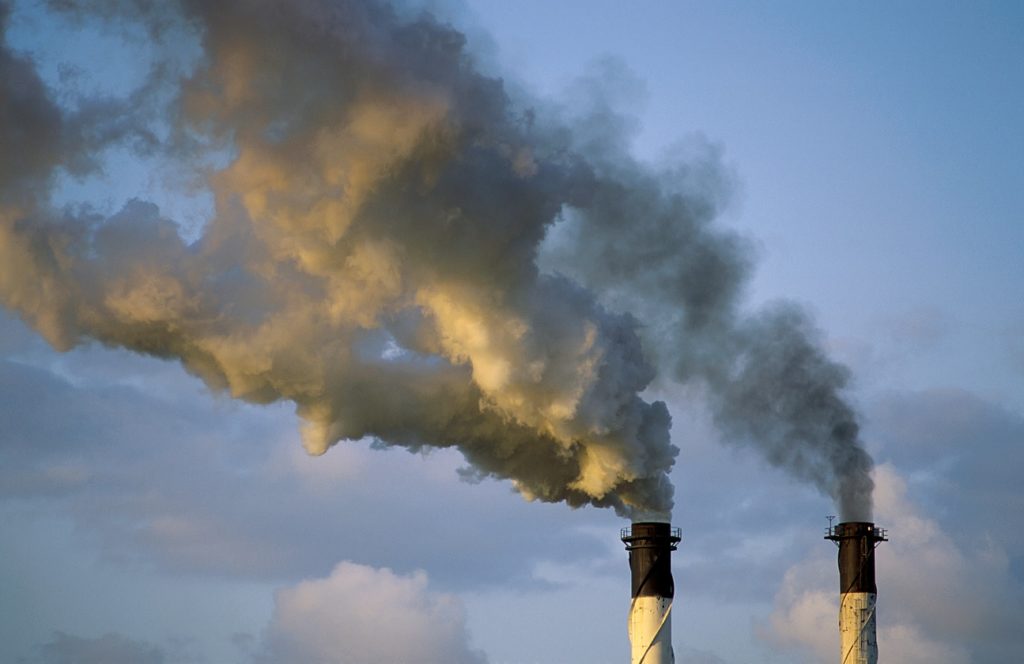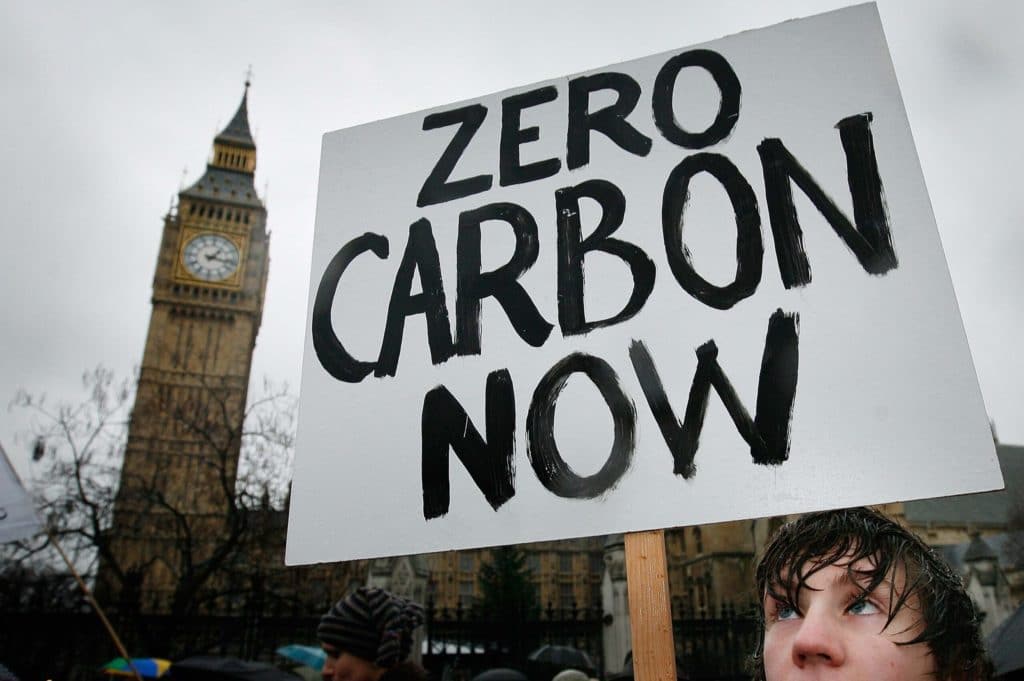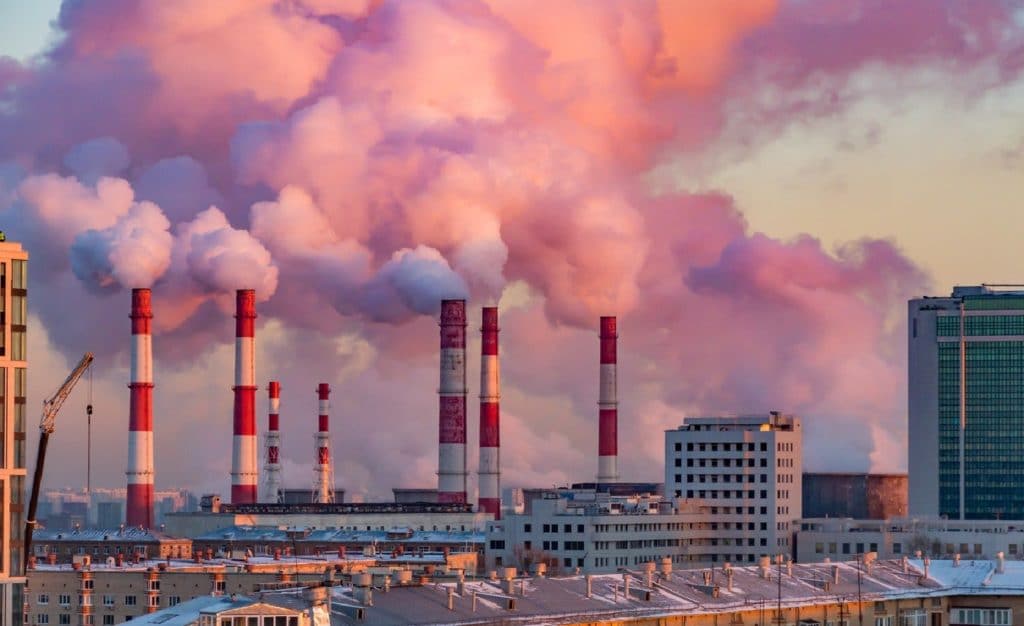With temperatures raging (somewhat literally in the environment and figuratively in the scientific community), you are probably aware of the climate crisis. One of the ways companies are trying to fight back is through carbon offsets. What the heck are those anyway?

First, to understand carbon offsets, you need to understand the concept of a carbon footprint. Your carbon footprint represents the measure of greenhouse gases you create doing the things you do. This ranges from driving your gas-consuming vehicle to running your laundry dryer to transportation of online shipments to the food you eat and lots and lots of things in between. Essentially everything we do or don’t do has an environmental impact. Curious about your impact? You can estimate your carbon footprint using the Environmental Protection Agency’s online calculator.
Now that we have that basic understanding, we can turn our attention to carbon offsets. Carbon offsets are essentially investments in programs that are reducing emissions. Because these programs are not actually reducing commissions, but are offsetting them, they can generate controversy. Environmental experts will be the first to tell you that carbon offsets are an option after undertaking steps to first reduce emissions. Their purpose is not to let you pay your want out of making carbon-footprint-reducing changes. The concept is that people and businesses really challenge their habits and use offsets to reduce the rest after a significant change has been made.

But not all carbon offsets were created equal. According to bp.com, “it is important that a project’s emission reductions are real, additional (i.e. that they would not have happened without the project), permanent and unique.” They got those words from ICROA, the International Carbon Reduction and Offset Alliance which exists to, among other things, “define and promote leading practice in the use of market-based instruments and climate finance to achieve and communicate voluntary climate action.” In other words, not just any old program will do; it is important for companies to perform their due diligence in selecting offset programs to ensure best practices leading to better outcomes.
The counterpoint to fixing the underlying problem, versus “covering it up” with offsets is that reducing carbon emissions is not only a cultural shift but also an operational shift. Both take time and money. In the meantime, participating in offsets is still a way to make a difference and in these times, doing something, anything is better than nothing.

